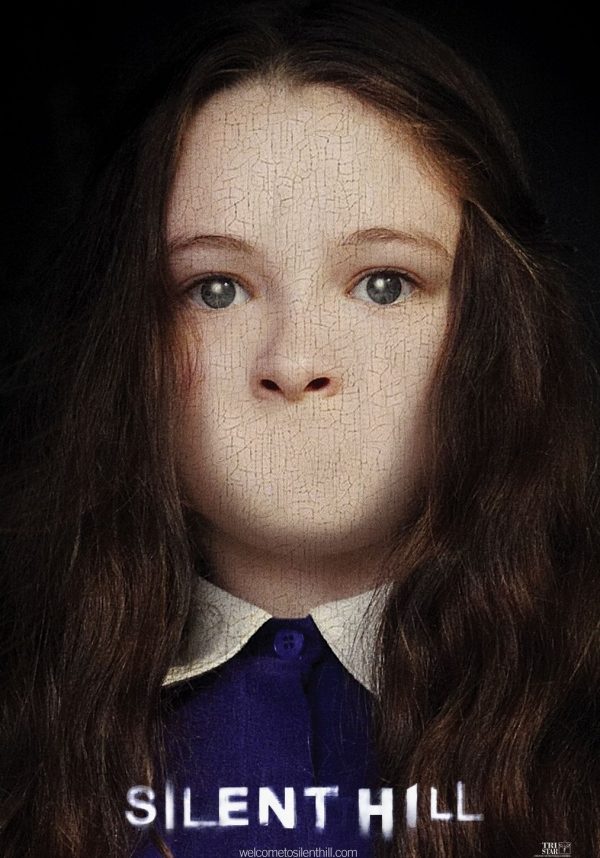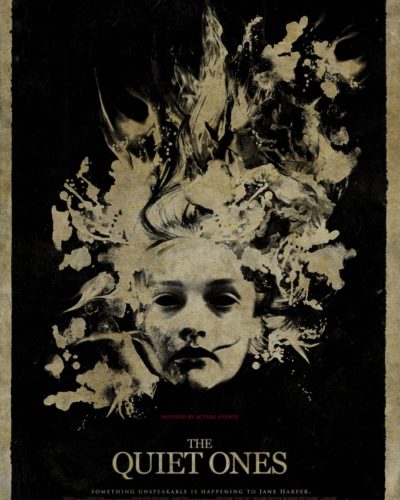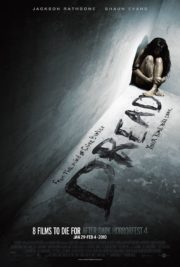Mists of a Disturbed Mind: An Ode to ‘Silent Hill’
“To find your daughter, you must face the darkness of hell.” These ominous words echo through the spine-chilling narrative of 2006’s ‘Silent Hill,’ a film directed by Christophe Gans that takes its audience on a surrealist journey through a fog-laden town plagued by nightmarish visions. Adapted from the eponymous video game series, the plot follows a desperate mother, Rose, as she searches the ghost town of Silent Hill for her adopted daughter, unraveling the dark secrets it holds captive in its ash-covered grip.
Constructing Nightmares: The Creation of Dread in ‘Silent Hill’
Atmosphere and Tone
‘Silent Hill’ lingers on the edge of the abyss, crafting its horrific atmosphere through an expert blend of suspense and a deep sense of foreboding. The town itself becomes an omnipresent character—its foggy streets and ash-enshrouded buildings a canvas for the terror that lurks within. Gans builds tension meticulously; fear is not merely an intrusion but a slow, creeping inevitability that mirrors the inexorable descent of ash.
Cinematography and Visuals
The cinematography emerges as a silent storyteller. With a muted color palette that fluctuates with the ever-present fog to the fiery glow of Silent Hill’s otherworldly transitions, the visuals hinge upon the interplay of light and darkness. Unsettling camera angles and persistent shadow play are not just stylistic choices; they are integral to the experience, jarring viewers from comfort. Unique visual techniques, such as the seamless transition between dimensions of the town, cement the visual language of ‘Silent Hill’ alongside its contemporaries.
Soundtrack and Audio Accomplices
Akira Yamaoka’s soundtrack, transported from the game, is a character in its own right, giving life to the deathly silence with industrial tones and haunting melodies. Sound effects are meticulously placed in a sometimes jarring, sometimes whispering symphony that enhances the cinematic horror. The effective use of silence punctuates the score, often amplifying the dread of the unknown.
The Haunting Ensemble: Performance in the Midst of Madness
The characters within ‘Silent Hill’ wage an internal battle, their performances oscillating between stoic determination and abject terror. Radha Mitchell portrays Rose with a passionate vehemence, threading the needle of a mother’s love with the unraveling edge of fear. Her embodiment of horror is visceral, etched into her frantic pursuit through the mist. Supporting performances dovetail into the collective unease, each actor contributing to the disorientating dream-logic of the narrative.
Terror’s Toolbox: The Mechanics of Fear in Silent Hill
Horror Elements and Mechanics
‘Silent Hill’ indulges in elements of psychological and supernatural horror while flirting with grotesque displays akin to body horror. It comfortably nestles within these subgenres while also challenging their norms, interweaving delusions with reality to create a uniquely disconcerting experience. The horror is not just in the sights and sounds but in the intangible—the feeling that something is fundamentally wrong with the world Rose navigates.
Dread’s Devices: Methods to Frighten
The techniques used to frighten the audience are multi-faceted, weighing heavily on psychological distress and surreal visuals more so than on gore or jump scares. While there are moments of visceral terror, the true effectiveness of ‘Silent Hill’ lies in its ability to unsettle and disturb, to leave the audience pondering their own perception of reality.
Undercurrents of Truth: Deeper Meanings
‘Silent Hill’ does not shy away from exploring deeper societal themes, particularly the dangers of zealotry and groupthink. The film uses horror as a lens through which to scrutinize the destructive nature of rigid ideologies, adding a layer of depth that lingers beyond the immediate frights.
The Verdict: Final Assessment of ‘Silent Hill’s Cinematic Entity
As a horror movie, ‘Silent Hill’ stands as a thought-provoking, albeit imperfect, odyssey through terror’s more obscure corridors. It is genuinely unsettling, innovating in its atmospheric layers and psychological reach. Aficionados of horror, particularly those appreciative of the video game’s legacy, and viewers who revel in abstract dread will find ‘Silent Hill’ a captivating watch. It contrasts starkly against the formulaic beat of mainstream horror, leaning more towards David Lynch’s disorientating narratives than the predictable tropes of its genre.
Comparatively, ‘Silent Hill’ can stand its ground amongst contemporary horror films for its unique atmosphere and visuals, though it may not reach the iconic status of genre titans such as ‘The Exorcist’ or ‘A Nightmare on Elm Street.’ Its strengths lie in its atmosphere, soundtrack, and faithful representations of the source material’s horror. Its weaknesses are primarily in some instances of pacing and dialogue that occasionally miss the mark.
Viewer discretion is advised, as ‘Silent Hill’ moves confidently through imagery and themes that some may find disturbing. In summary, Christophe Gans’s ‘Silent Hill’ is a flawed but fascinating piece of horror cinema that deserves recognition for its bold artistic vision and its contribution to the genre’s evolution.




